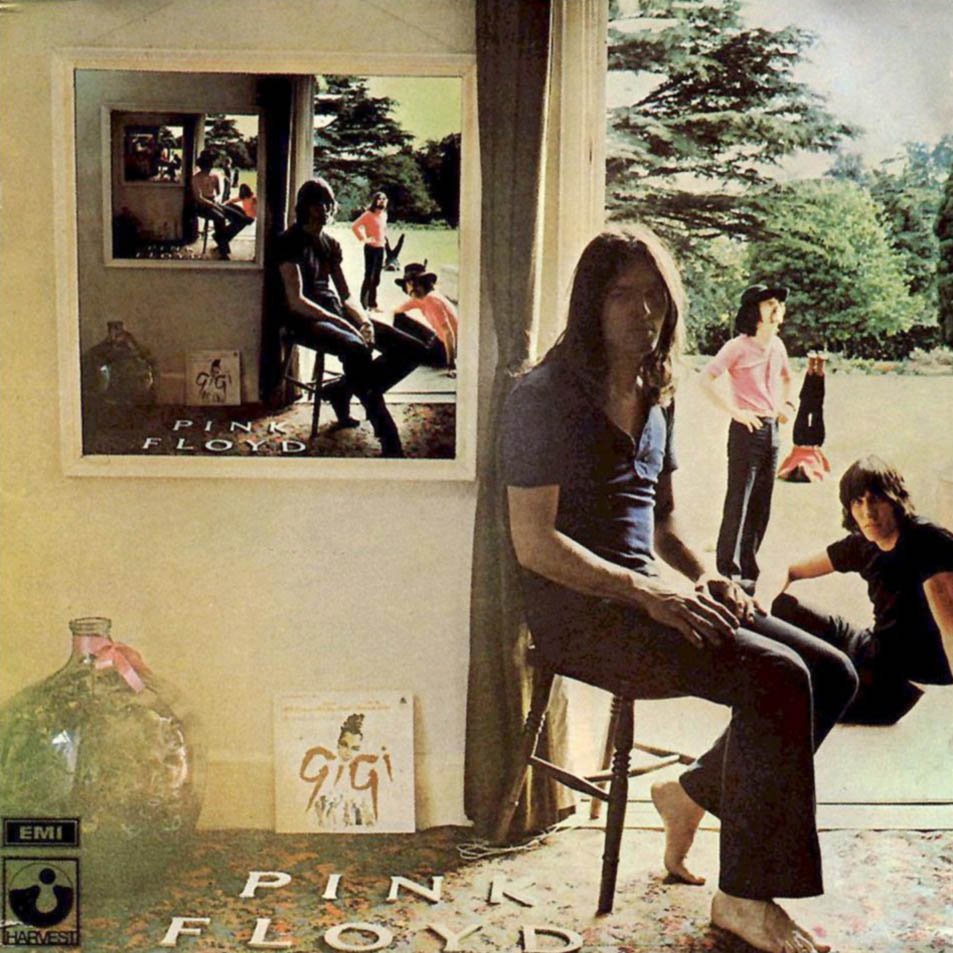OK, so I have been
thinking about what I wanted to write about for my next article and do you know
what I came up with? Nothing. For a brief instance I was actually upset
that I could not come up with an idea for this latest blog article and then I
realized that the topic really should be about nothing. After a cursory examination of the subject
matter I was very surprised that “nothing” is actually not very small at all. Rather it seems “nothing” is a very vast and
popular concept. At that discovery my
curiosity got the better of me and I began looking into nothing. As an aside, I can legitimately tell my wife
I am working on nothing and it means I am busy.
Without digressing to far I have discovered that “Nothing” is in every facet
of society and is inescapable. Looking
at popular culture, science and religion & philosophy one finds that the
most prevalent and strongest idea is nothing.
Therefore I would ascertain that “nothing” is the glue holding the
universe together. To put it another
way, the “god particle” that scientists have been looking for everywhere is
actually nothing.
Noting In Popular Culture
 The first area of society
I would like to look at is in popular culture. It has been a long standing practice to look
to the popular culture to find the worldview and beliefs of a society.[i] When we look into nothing in popular culture
we can find it prevalent in television, music and movies. The most glaringly obvious example of nothing
in popular culture can be found in the form of one of the most successful televisions
sitcoms ever made, Seinfeld.[ii] The show was pitched, written, and remained
about absolutely nothing. As a result of
this nothingness, the show became one of the most successful television shows
in history. The show went off the air 15
years ago and is still doing well in syndication!
The first area of society
I would like to look at is in popular culture. It has been a long standing practice to look
to the popular culture to find the worldview and beliefs of a society.[i] When we look into nothing in popular culture
we can find it prevalent in television, music and movies. The most glaringly obvious example of nothing
in popular culture can be found in the form of one of the most successful televisions
sitcoms ever made, Seinfeld.[ii] The show was pitched, written, and remained
about absolutely nothing. As a result of
this nothingness, the show became one of the most successful television shows
in history. The show went off the air 15
years ago and is still doing well in syndication!
The second area of
popular culture we can find nothing in is in music. No I am not talking about Pink Floyd’s “Several
Species of Small Furry Animals Gathered Together in a Cave and Grooving with a
Pict.”[iii]
No matter how nonsensical that song is it is
about something not nothing. But there
are numerous songs that are just called “nothing”[iv]
and one even called “The Nothing Song.”[v] This again reinforces the idea of nothing in
popular culture. The last area to look at
nothing in popular culture is in movies.
I shall include plays with this for brevity as well as general lumping
screenplays together. According to
IMDB.com there have been three movies simply titled Nothing from 1947 to 2010[vi]. I have nothing to say about them as far as content. It is interesting however, that there has
been even one movie made, let alone three that are called nothing. Even the infamous bard himself could not
resist the lure of nothing. One of his
more famous comedies is called Much Ado
About Nothing.[vii] So we have seen in television, music and in
movies and stage the idea of Nothing is very much about something for popular
culture.
The last area to look at
nothing in popular culture is in movies.
I shall include plays with this for brevity as well as general lumping
screenplays together. According to
IMDB.com there have been three movies simply titled Nothing from 1947 to 2010[vi]. I have nothing to say about them as far as content. It is interesting however, that there has
been even one movie made, let alone three that are called nothing. Even the infamous bard himself could not
resist the lure of nothing. One of his
more famous comedies is called Much Ado
About Nothing.[vii] So we have seen in television, music and in
movies and stage the idea of Nothing is very much about something for popular
culture.
Noting In Science
The second area I will
look at to find nothing is in science.
Nothing can be found in all of the sciences, for our purposes we shall
only look at three, Mathematics, Physics and Geography. In mathematics nothing is a very important
concept. “0” is the mathematical
notation for nothing.[viii] Can you possible image even balancing a
checkbook with using a zero? In more
complex equations {} is used for nothing showing that the set is void of value
or holds nothing.[ix] Without nothing the mathematical existence we
uphold with not exist. It is almost as
if the existence of nothing keeps nothing from existing.
Noting can be found in
physics too. In astrophysics the idea of
nothing is the canvas the universe is painted upon.[x] Outer Space is made up of a vast emptiness or
nothing. Space is by its very nature,
void. There is an area of study within
quantum mechanics trying to show that something can come from nothing.[xi]
The nothing being the physical representative
or reality of the mathematical idea of a null set. Some scientists have gone as far as stating
that mater is nothing more than quantum vacuum fluctuations.[xii] In other words, reality only exists because
there is a fluctuation in the vacuum of nothing.
In Geography you can find
nothing as well. While some have joked
about the State of Iowa be the state of perfect nothingness.[xiii] I would respectfully purpose that it is not
Iowa but rather Nebraska that is the state of nothing. Having been there I can attest to the fact
that there is nothing there. However,
there is still one last bit of interesting scientific evidence of nothing. Apparently in 2009 two men had a computer
write a paper that was about nothing.
This paper is grammatically and scientifically correct but is actually
about nothing. None of the sentences
mean anything. They even managed to get
a scientific journal to publish the paper as a legitimate paper! The men withdrew the paper before it was
published but you can read it here.
Noting In Religion & Philosophy
After looking at nothing
in popular culture and then science I shall now turn to the last area to look
at nothing, religion and philosophy.
Eastern religions are known to aspire to attain balance which cancels
out both sides leaving you with nothing. [xiv]
Perhaps one of the most well-known of
the eastern religions is Buddhism.  In
Buddhism one strives for liberation and a freed mind free from passions whether
it is anger, stress etc…. This state
that one strives for is called Nirvana.[xv] Nirvana is a negative state of being in the
sense of doing away with and being stripped of.
True Nirvana is being left with nothing.[xvi]
In
Buddhism one strives for liberation and a freed mind free from passions whether
it is anger, stress etc…. This state
that one strives for is called Nirvana.[xv] Nirvana is a negative state of being in the
sense of doing away with and being stripped of.
True Nirvana is being left with nothing.[xvi]
 In
Buddhism one strives for liberation and a freed mind free from passions whether
it is anger, stress etc…. This state
that one strives for is called Nirvana.[xv] Nirvana is a negative state of being in the
sense of doing away with and being stripped of.
True Nirvana is being left with nothing.[xvi]
In
Buddhism one strives for liberation and a freed mind free from passions whether
it is anger, stress etc…. This state
that one strives for is called Nirvana.[xv] Nirvana is a negative state of being in the
sense of doing away with and being stripped of.
True Nirvana is being left with nothing.[xvi]
Even in Christianity
there is a branch of thought known as Annihilationism. In this thought the belief is that after
death the unbeliever who is not saved does not go to hell as traditional
Christian theology has sustained, but after death the unbeliever is
annihilated. The soul and personhood is
completely destroyed as punishment for turning against God. Annihilationist’s believe that the unbeliever
is turned into nothing.
In traditional Judeo-Christian
theology nothing is found the beginning.
The creation story found in Genesis believed by both Christian and
Jewish thought is that of ex nihilo or creation out of nothing. In fact on of the evidence of God is that of
His power for ex nihilo. Nothing is the
starting point of creation for Judeo-Christian theology.
Philosophy has wrestled
with nothing for years. Perhaps the most
known philosophical thought dealing with nothing is that of Nihilism. Nietzsche is one of the great prophets of
Nihilistic thought. This thought is that
of moral nihilism, or amoralism. Nietzsche
contended that there was nothing of intrinsic value or meaning. This gives birth to moral relativism and
ultimately straight up pure hedonism. Of
course this philosophy is not sustainable in living out and in Nietzsche’s case
is really a fight against Christianity.
Another philosophical train
of thought of nothing in from the existential thinkers like Sartre and
Camus. While this thought is another
form of moral nihilism this one is not originating from a antagonistic perspective
of Christianity as Nietzsche was. Nietzsche’s
writing seems angry while the existential thinkers have a very sad connotation
to them. Sartre believed that existence
was absurd.[xvii] While he arrived at the same conclusion as
his angrier peer about religion, it was not satisfying to him. Rather the contrary, the existentialists were
very upset and depressed about the human condition and the absurdity of existence. Meaning and thus morality has no meaning and
is morally the empty set.
We have looked at three
pillars of society, popular culture; science and religion & philosophy. After examining these litmus tests for existence
we have discovered allot of nothing. In
fact one might go so far as to say that nothingness is everywhere we turn. In popular culture the thought of nothing is
not just entertaining but big business. In
science the idea of nothing is vital the core of all structure without nothing
can there be any mathematics, physics or astrophysics? In religion & philosophy the thought of
nothing is so prevalent that it is the beginning and the endpoint of the
discussion. From our brief excursus of
looking into reality we have found absolutely nothing. The one thing that everything has in common is
nothing. It is for this reason that I contend
the “god particle” that scientists have been looking for everywhere is actually
nothing, that nothing is the glue holding all reality together. Perhaps Berkeley was correct when he said “Esse
est percipi” -To be is to be perceived.
Maybe we are just nothing, existing simply in the mind of God.








